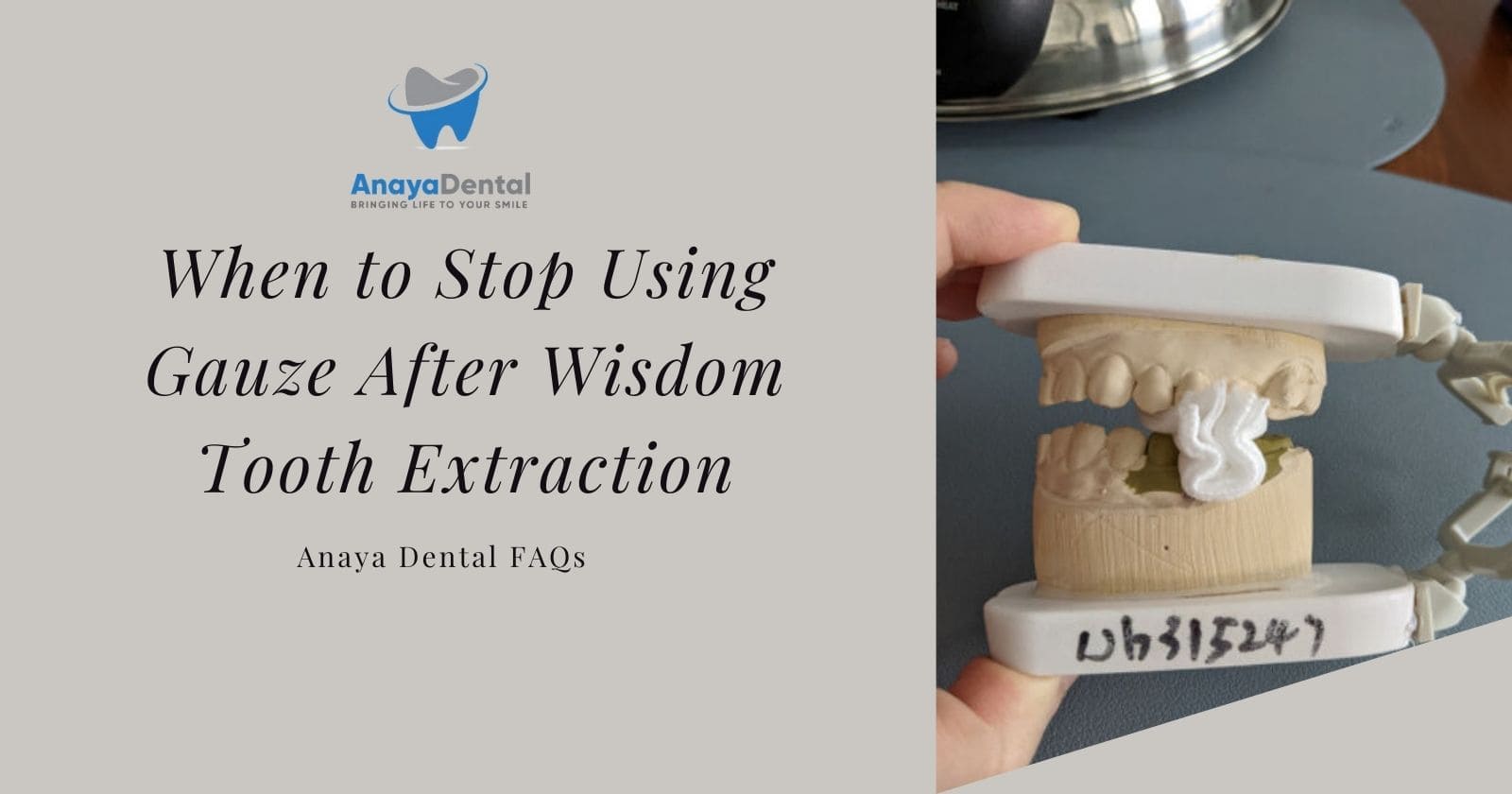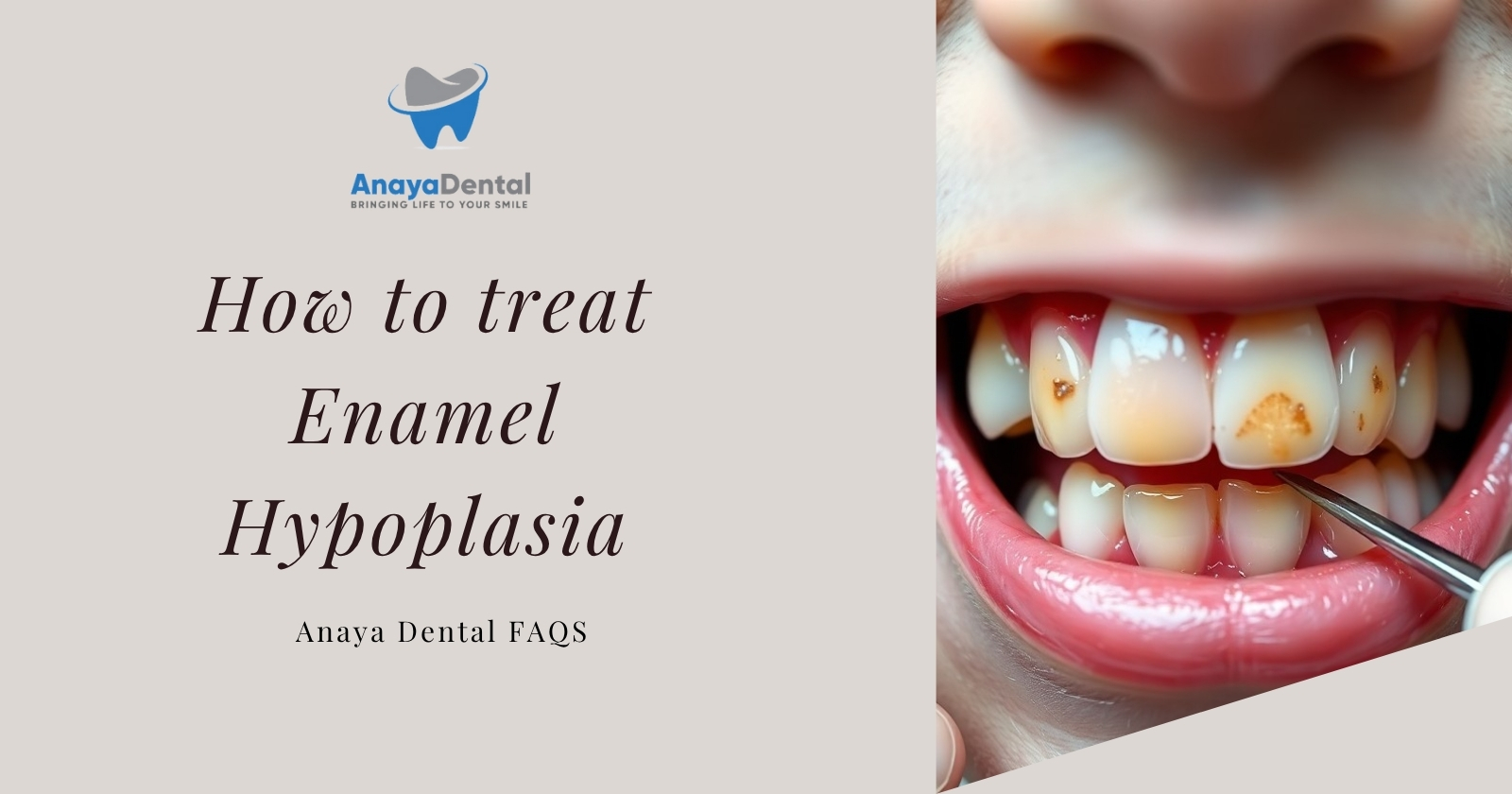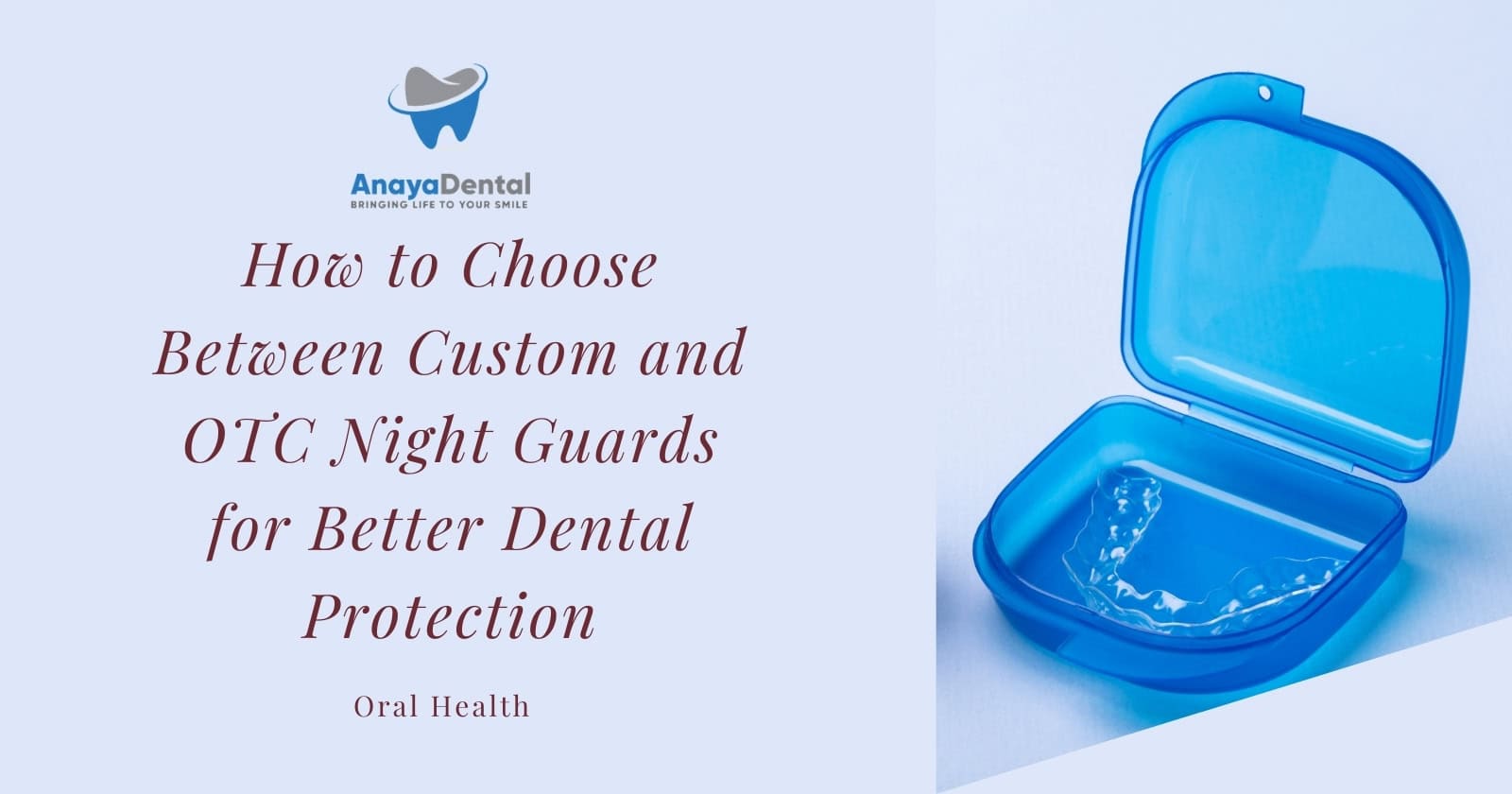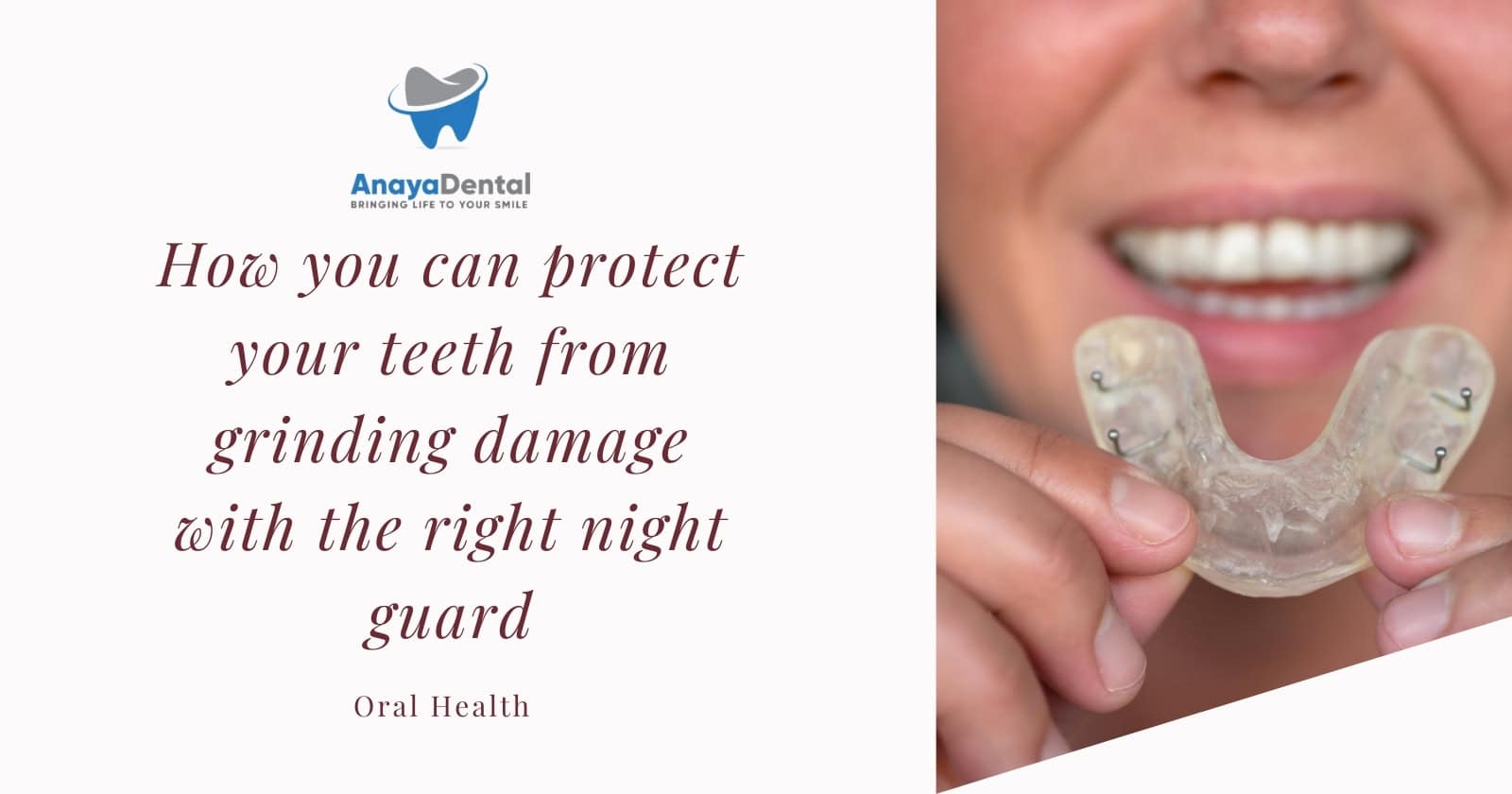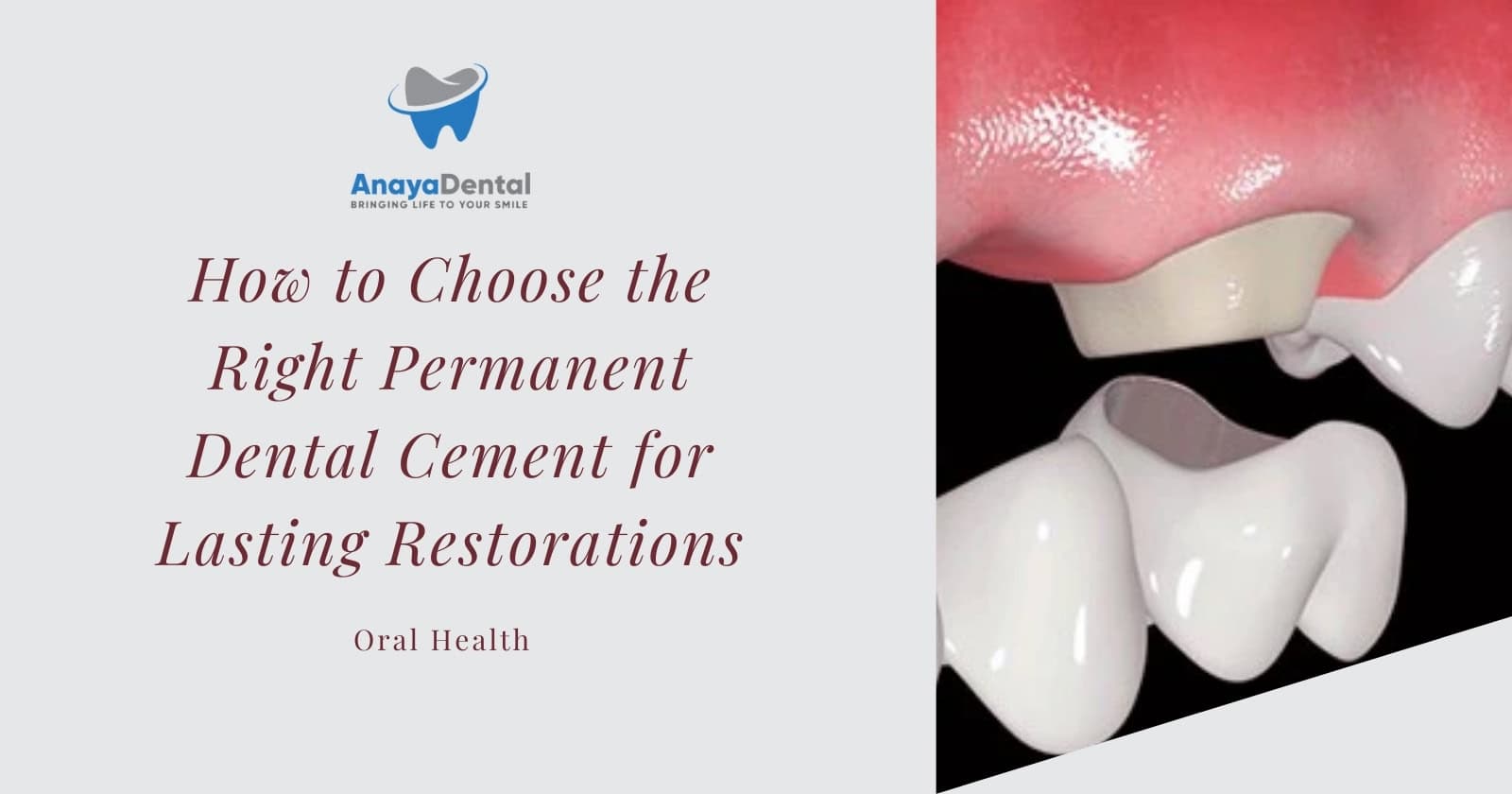Getting your wisdom teeth removed is a common dental procedure that requires proper aftercare to ensure smooth healing. One important aspect of post-operative care is using gauze to control bleeding and promote blood clot formation. Many patients wonder when they can safely stop using gauze. Knowing the right time to remove it can help prevent complications such as prolonged bleeding or dry socket. If gauze is removed too soon, the clot may not have properly formed, leading to a delay in healing. Conversely, keeping it in for too long may cause unnecessary discomfort and irritation. Understanding the right balance is key to a successful recovery.
Why Is Gauze Used After Wisdom Tooth Extraction?
Gauze is crucial in the healing process immediately after tooth extraction. When a wisdom tooth is removed, the socket left behind naturally bleeds. Dentists provide sterile gauze to be placed over the extraction site, instructing patients to bite down gently but firmly. This pressure helps slow the bleeding and allows a clot to form.
The gauze serves multiple functions:
Try Our Dental Calculators
- Absorbs excess blood
- Encourages clot formation
- Protects the socket from external contaminants
- Reduces the risk of excessive bleeding
Clot formation is vital as it acts as a natural barrier, allowing the surrounding tissue to begin the healing process. Without a proper clot, the risk of complications such as dry socket increases significantly.
When to Stop Using Gauze
Initially, gauze should remain in place for at least 30 to 60 minutes with firm pressure to help stop active bleeding and initiate clot formation. If the gauze becomes soaked with blood, it should be replaced with a fresh piece every 30 to 45 minutes until the bleeding subsides. This process may need to be repeated several times, especially if the extraction was complicated or involved multiple teeth.
Signs that it is safe to stop using gauze:
- A stable clot has formed
- Bleeding has significantly reduced to minor oozing
- Saliva appears mostly clear with only slight traces of blood
- Gauze remains mostly dry after an hour of use
Patients should monitor their saliva for any reappearance of excessive blood and avoid disturbing the extraction site.
What If Bleeding Continues?
Bleeding should subside within a few hours, but in some cases, it may persist longer due to factors like disturbed clots, medical conditions, or certain medications. If bleeding continues:
- Replace the gauze and apply firm pressure for another 30 to 45 minutes
- Use a moist tea bag instead of gauze, as tannic acid in tea promotes clotting
- Keep the head elevated
- Avoid physical exertion and excessive talking
If bleeding persists beyond 24 hours, it is important to contact a dentist immediately. Excessive bleeding may be a sign of an underlying issue, such as an improperly formed clot or an infection beginning to develop.
Precautions After Stopping Gauze Use
After discontinuing gauze, careful post-extraction care is necessary for smooth healing:
- Avoid disturbing the clot – Do not touch the extraction site with fingers or the tongue
- Eat soft foods – Stick to yogurt, applesauce, and mashed potatoes for the first few days
- Chew on the opposite side of the mouth – Avoid putting pressure on the extraction site
- Avoid hot beverages and alcohol – These can dissolve the clot and restart bleeding
- Do not drink through a straw – The suction force may dislodge the clot
- Maintain oral hygiene carefully – Brush gently, avoiding the extraction area, and rinse with warm saltwater after 24 hours to keep the site clean
When to Seek Professional Help
While slight oozing is normal after removing gauze, medical attention is necessary if:
- Heavy bleeding persists despite applying pressure
- Severe pain worsens over time
- There is a foul odor, bad taste, or pus around the extraction site (signs of infection)
- Symptoms of dry socket appear, such as severe pain and an exposed bone in the socket
- Swelling or fever develops, which may indicate an infection
Persistent pain that does not subside with prescribed painkillers should also be discussed with a dentist. Seeking professional care at the right time can prevent more serious complications and ensure a smoother recovery.
Conclusion
Knowing when to stop using gauze after wisdom tooth extraction is essential for a smooth recovery. Gauze can usually be discontinued within a few hours once bleeding slows significantly. However, each patient heals differently, and monitoring the extraction site for continued bleeding or signs of complications is crucial. If bleeding persists or worsens, proper intervention is needed.
Following post-extraction care instructions, maintaining good oral hygiene, and recognizing warning signs will help ensure a hassle-free healing process. When in doubt, consulting a dentist is always the best approach to prevent any potential issues and ensure a smooth recovery.
